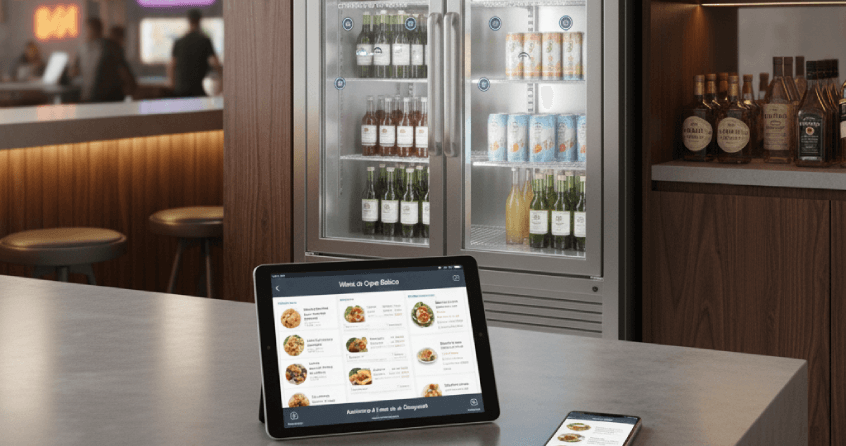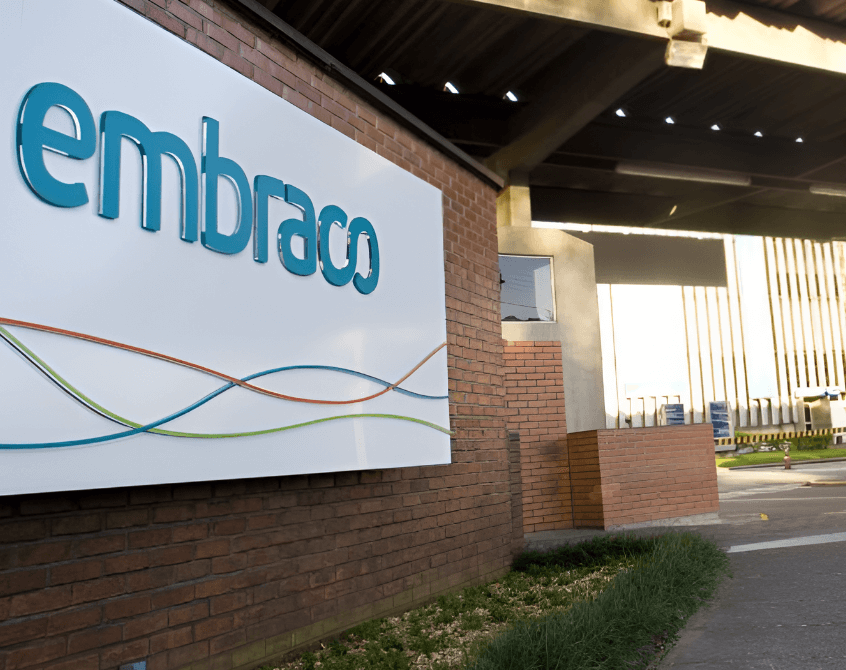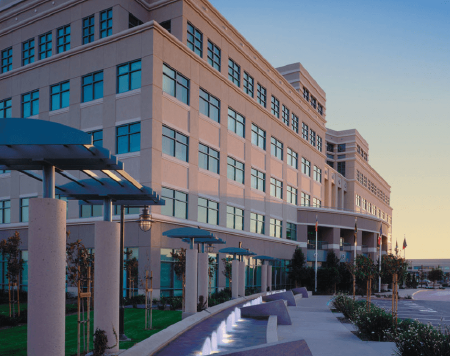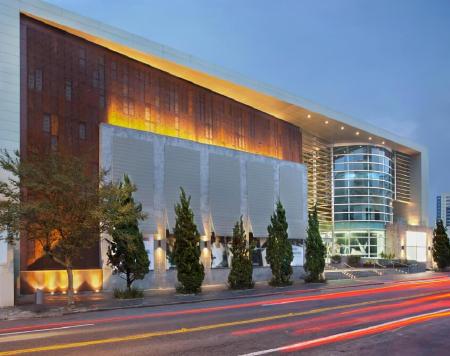Embraco sought Visionnaire to create an Internet of Things (IoT) and Cloud solution, connecting refrigerators to smart mobile applications
Client
Area
Summarized Problem
The goal was to transform refrigerators into smart equipment, capable of monitoring
stock in real time, identifying products, and integrating this information into a mobile application for distributors and
sales representatives.
Visionnaire was responsible for the requirements specification and the definition
of a robust Cloud-based architecture prepared for global scale, consolidating the link between refrigeration hardware and
strategic digital solutions.
Summarized Solution
The focus was on structuring a robust software architecture, capable of supporting
large growth in the number of devices, operating on a global scale, and integrating with real-time services. In addition,
low bandwidth consumption was an essential requirement for IoT applications.
Results
The project aimed to bring innovation to the refrigeration sector by integrating IoT
sensors into refrigerators. This allowed real-time stock monitoring, identification of stored product brands, and automatic
data transfer to the Cloud, enabling distributors to optimize their logistics.
The architecture designed by Visionnaire ensured sufficient robustness for large-scale
growth and international operation, with plans for expansion into countries such as India. Furthermore, very complete, detailed,
and English-written requirements and architecture documents were generated, creating the technical basis for the project’s
evolution.
Technologies
Future capabilities of Machine Learning and even Artificial Intelligence were envisioned,
enabling predictive analysis and automated decision-making. It also paved the way for geolocation integration with sensors
to track equipment in the field.
The system was designed as SaaS (Software as a Service), running in a global Cloud
datacenter, with a multi-tenant architecture supporting multiple clients on the same platform with data isolation, and scalable
infrastructure to handle up to 10 million connected refrigerators.
The entire system was to be designed with a mobile-first approach, using Objective-C
or Swift for iOS and Java for Android. A responsive web interface was also considered, accessible via browser, with GPS (Global
Positioning System) integration and potential future integration with Waze, as well as push notifications and alert management
directly on smartphones.
To ensure development best practices, Scrum and agile methods with user stories were used to guide development, Test-Driven Development (TDD) with a target of at least 80% test coverage, and modular Clean Code to facilitate continuous evolution.

Detailed Problem
In 2006, Embraco began operating in Brazil under Whirlpool S.A., following its merger
with Whirlpool Appliances. In April 2018, Whirlpool announced the sale of Embraco to the Japanese Nidec Corporation for US$
1.08 billion. Since July 2019, Embraco has officially been part of the Nidec group.
In mid-2016, Embraco presented Visionnaire with an innovative IoT project aimed at
the commercial refrigeration market. The company sought to expand its business through digital technology, with the challenge
of transforming refrigerators—like those used in bars and restaurants by various brands—into smart equipment.
These devices faced two major problems. The first was stock management, since there
was no automatic control over the quantity of products stored, which led to restocking failures. The second was misuse, as
many bars used refrigerators of one brand to store beverages from competitors, undermining marketing strategies.
The goal, therefore, was to develop a cloud-connected sensing solution capable of
detecting stock levels in real time and sending alerts for automatic replenishment. Additionally, the tool would recognize
the brands of cans and bottles stored, identifying when products were placed inside the equipment, and would integrate a mobile
application for sales representatives and distributors, enabling them to record deliveries, withdrawals, and consumption control.
Visionnaire was responsible for requirements specification and defining the system’s
architecture. The work involved gathering technical and functional requirements, defining a robust cloud architecture prepared
for global scale, and producing detailed documentation integrating sensors, mobile applications, and cloud infrastructure.
In other words, Embraco sought Visionnaire because it needed expertise in software,
IoT, and systems architecture to enable a strategic innovation project, connecting its refrigerators to digital and cloud
solutions to add value to its customers and differentiate itself in the market.
Detailed Solution
One of the central aspects of the work was planning a robust software architecture
designed to support user and device growth. The solution was also conceived for global scale, since Embraco served international
customers, with mention of expansion into markets such as India and others. Integration with cloud services was also considered
in order to ensure real-time performance and low bandwidth consumption, a key requirement for IoT solutions. This architecture
was designed to be modular and resilient, with the perspective that the project could evolve into large-scale operation.
Visionnaire was responsible for leading the requirements-gathering phase and the project’s
architecture specification, which included immersion meetings with Embraco’s team, producing detailed documentation
in English for global standardization, preparing models of functional and non-functional requirements, and defining the integration
architecture between IoT sensors, cloud, and mobile applications.
In summary, Visionnaire delivered to Embraco a solution based on digital innovation,
structured on a solid and scalable architecture, supported by thorough requirements and technical specification work, providing
the foundation necessary for the company to advance in its digital transformation.
Brochure![]()
Presentation![]()







